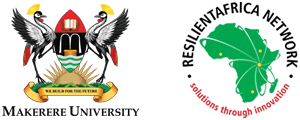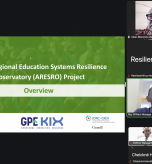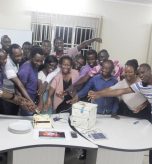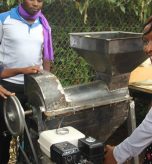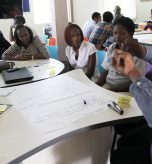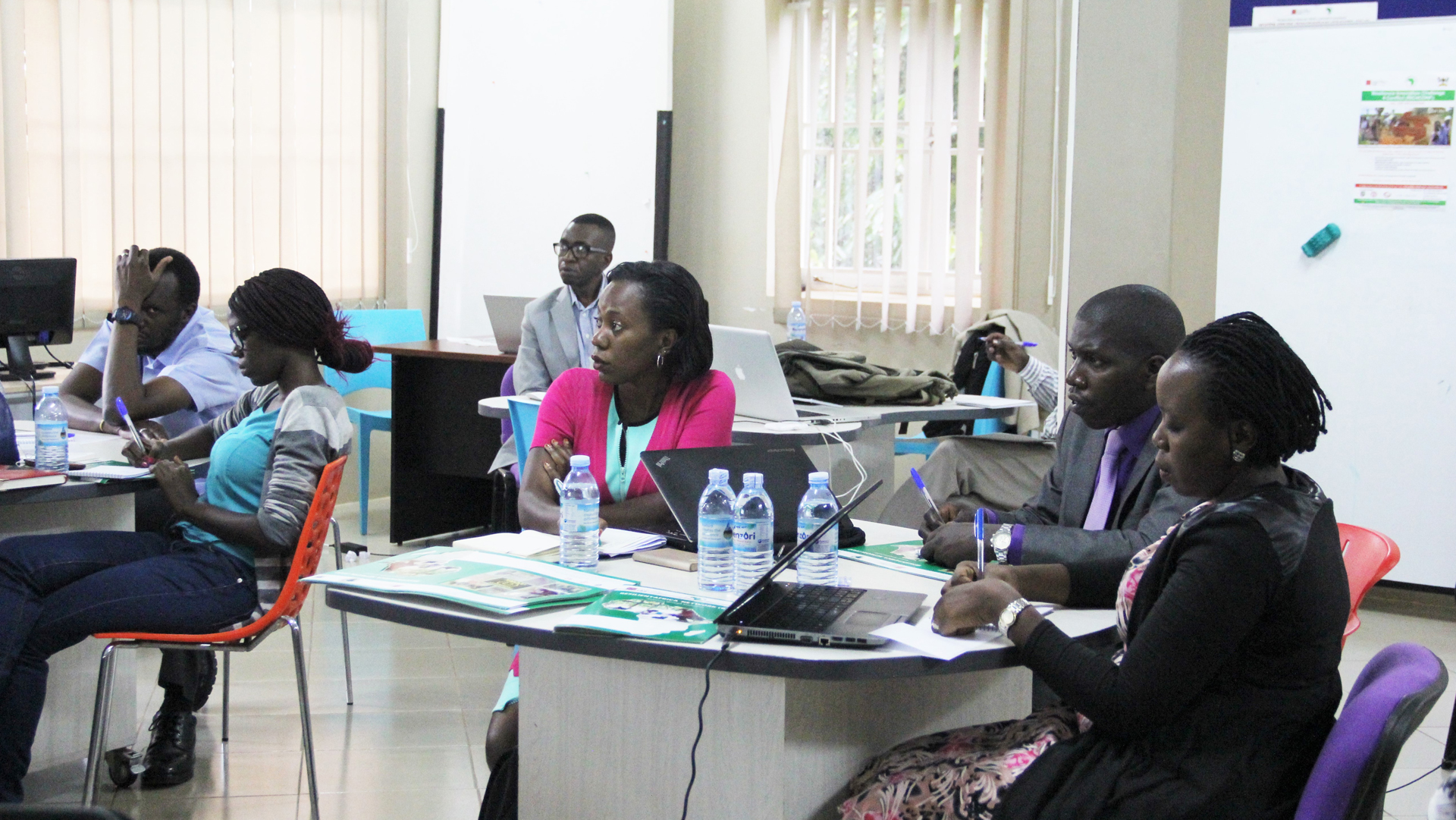
ResilientAfrica Network (RAN) organized the Human Centered Design (HCD) training which took place on the 15th/04/2016 at their offices in Kololo, Kampala. I must say this was worth attending! The HCD modules were harmonized for the audience to seamlessly follow presentations by the different speakers.
The introduction to Design Thinking was delivered by Deborah Natujuuna, the RAN Engagement Officer who exhibited enthusiasm about the work that RAN does. She presented an overview of design thinking as a multidisciplinary approach that can be used for trouble shooting problems at various levels and fields.
Next in queue was ‘Need Finding’, this is a multidisciplinary approach that involves understanding community needs. This is the critical step that leads to framing the problem and designing possible solutions iteratively with the end users/beneficiaries.
The concept of the ice berg was intuitively used to illustrate how problems can be understood better especially if we get the root of the problem. The different ways in which need finding is carried out (explicit, tacit, implicit and latent) was something to appreciate as a very important approach to deeply internalizing the problem. We also discussed other methods of need finding such as the root cause analysis approach, a method which requires the researcher to deeply immerse themselves into the beneficiaries’ environment so as to have as many divergent views as possible.
“Need Finding” takes a multidisciplinary team of researchers into the next phase of synthesizing key findings, identifying themes, looking for categories and common patterns and then this will guide them into the insights which may be either known or unknown. This is an activity that enables us to holistically observe behavior in understanding the needs of communities.
The next activity was an interactive brainstorming session of finding and formulating key solutions to the problems identified. The “How Might We” do it? The practical session was centered on a proposed innovation of how to integrate refugee children into the formal education system in Uganda. The process was very hands-on, engaging and productive which brewed an appreciation for the innovative ways of structuring problems and designing relevant solutions interactively.
The day had a graceful conclusion with a presentation on how to implement a business model into innovations for sustainability. The take home from this segment was the need to know the market, your competitors and laying a strategy of how to effectively market your product as an innovator. The core of adopting business models was showcased using practical examples that were easy to relate to. These included how innovative telecommunication companies are marketing their products.. To crown everything, we had a pitching session where we were informed that as an innovator that the way you pitch your idea needs to be as clear and specific as possible. It is critical to specify the problem and proposed solutions as precisely in the shortest time possible.
Thank you RAN team for this informative experience. I would recommend this training to both faculty and young innovators.
Dr. Juliet N. Mutanda (Research Associate),
Makerere University School of Public Health
